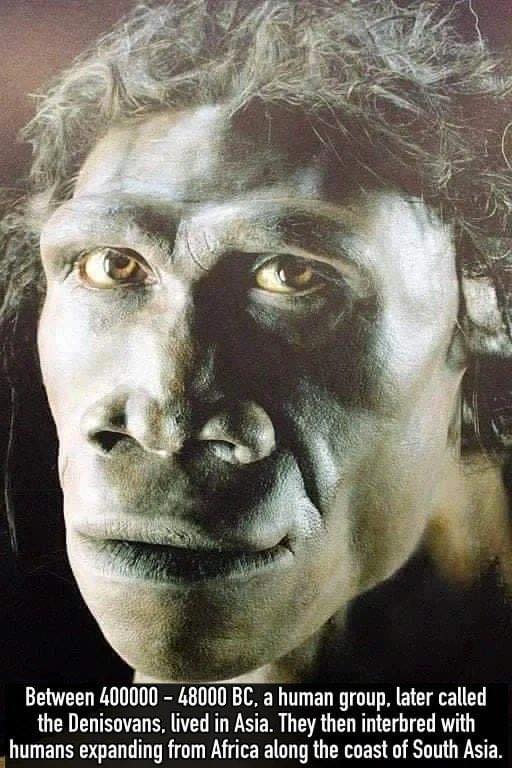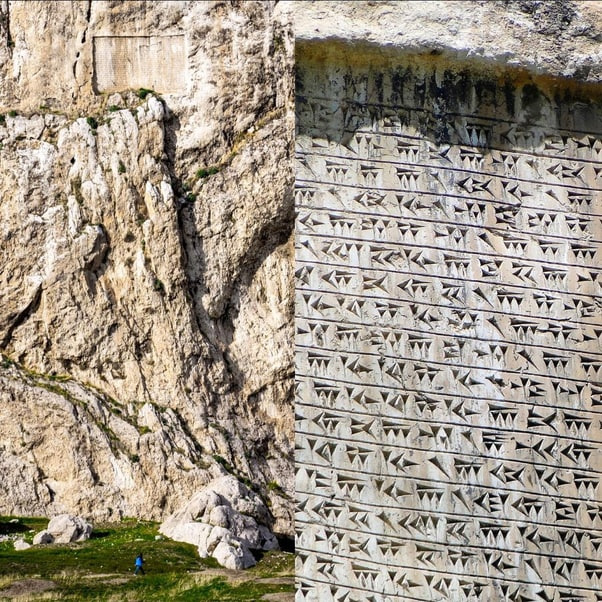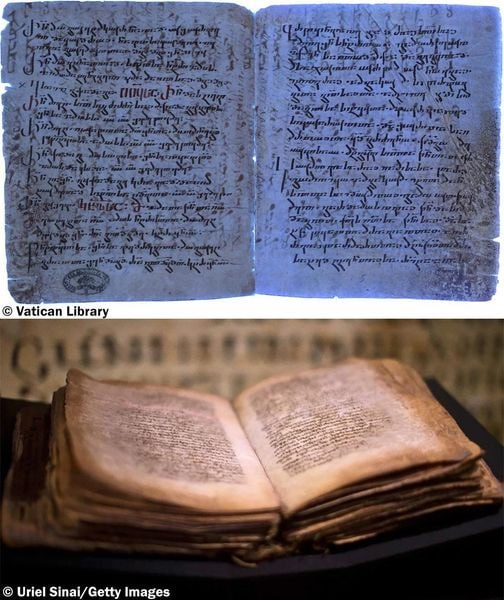In the heart of the 6th arrondissement of Paris, a marvel of marble exudes the dynamism and drama of mythological lore. "The Battle of the Centaur," sculpted by the esteemed Gustave Crauk, remains a visual narration of tumultuous myth frozen in time. First unveiled to the public eye at the Exposition Universelle in 1900, this sculpture captures the chaos and carnal ferocity of a mythic moment.
The scene depicts a centaur, a creature fabled to be half-man and half-horse, embroiled in a violent skirmish. According to ancient tales, it was during the King of the Lapiths' wedding that these creatures, intoxicated with wine, descended into savagery. The sculpture masterfully encapsulates the pivotal point where the centaur attempts to abduct the bride, igniting a fierce battle.

Crauk's virtuosity in marble crafts each muscle and sinew with painstaking detail, imbuing the sculpture with a life-like quality that seems to pulsate with the intensity of the encounter. The centaur's humanoid torso twists with a brute force that contrasts with the despair etched upon the face of the woman in his clutches. The Lapiths, human figures straining against the centaur's might, are portrayed with equal vigor, their expressions wrought with determination and horror.

This grandiose composition is not merely a static display; it's a story in stone. Crauk's skill renders the movement so fluid, so palpable, that onlookers might almost hear the clash of the fray. His use of marble transcends the material's rigidity, tricking the eye into believing in the fluidity of fabric and the softness of skin.

"The Battle of the Centaur" stands not only as a testament to Crauk's sculptural prowess but also as a historical narrative that transports viewers back to the myths of yore. It is an immortalization of the raw human emotions that these stories were meant to evoke: passion, rage, fear, and courage.

Photographed here by Michel Waller, the sculpture's compelling presence is evident even through the lens, inviting passersby and art aficionados alike to pause and ponder the ancient story told through the delicate chisel of a master sculptor.

To witness this exquisite piece of artistic heritage is to engage in a silent dialogue with history, myth, and the enduring legacy of art. "The Battle of the Centaur" by Gustave Crauk continues to captivate and convey the power of storytelling through the silent language of sculpture.





